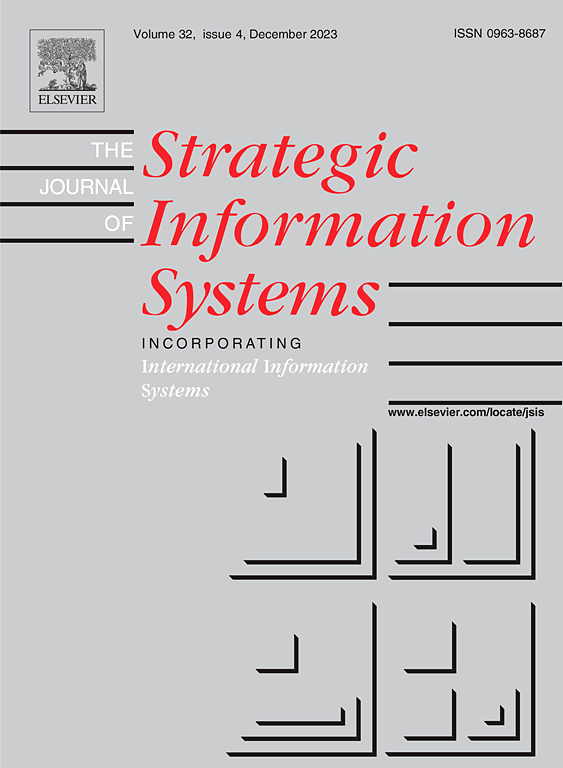纳什条件独立曲线
IF 0.6
4区 数学
Q4 COMPUTER SCIENCE, THEORY & METHODS
引用次数: 1
摘要
本文研究了n人博弈X的无向图形模型的Spohn条件独立(CI)变量CX。对于一类泛型博弈,我们证明了CX是Segre变量(P1)n−2×P3上的光滑不可约完全相交曲线(纳什条件无关曲线),并给出了它的次和属的显式公式。证明了CX的两个普适定理:Rm中由至多m - 1个多项式定义的任何仿射实代数变量与实直线的乘积或任何仿射实代数变量对某对策X同构于CX的仿射开子集。本文章由计算机程序翻译,如有差异,请以英文原文为准。
Nash conditional independence curve
We study the Spohn conditional independence (CI) variety of an n-player game X for undirected graphical models on n binary random variables consisting of one edge. For a generic game, we show that is a smooth irreducible complete intersection curve (Nash conditional independence curve) in the Segre variety and we give an explicit formula for its degree and genus. We prove two universality theorems for : The product of any affine real algebraic variety with the real line or any affine real algebraic variety in defined by at most polynomials is isomorphic to an affine open subset of for some game X.
求助全文
通过发布文献求助,成功后即可免费获取论文全文。
去求助
来源期刊

Journal of Symbolic Computation
工程技术-计算机:理论方法
CiteScore
2.10
自引率
14.30%
发文量
75
审稿时长
142 days
期刊介绍:
An international journal, the Journal of Symbolic Computation, founded by Bruno Buchberger in 1985, is directed to mathematicians and computer scientists who have a particular interest in symbolic computation. The journal provides a forum for research in the algorithmic treatment of all types of symbolic objects: objects in formal languages (terms, formulas, programs); algebraic objects (elements in basic number domains, polynomials, residue classes, etc.); and geometrical objects.
It is the explicit goal of the journal to promote the integration of symbolic computation by establishing one common avenue of communication for researchers working in the different subareas. It is also important that the algorithmic achievements of these areas should be made available to the human problem-solver in integrated software systems for symbolic computation. To help this integration, the journal publishes invited tutorial surveys as well as Applications Letters and System Descriptions.
 求助内容:
求助内容: 应助结果提醒方式:
应助结果提醒方式:


